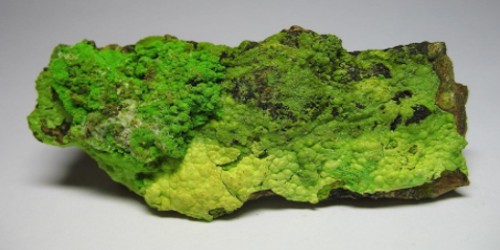When compared to present technologies, a novel approach to genetic engineering of cells offers significant gains in speed, efficiency, and cellular toxicity. According to a study from the University of Pennsylvania’s Perelman School of Medicine, the strategy could also power the creation of improved cell treatments for cancer and other disorders.
Researchers discovered that protein fragments used by some viruses to help them enter cells could also be used to get CRISPR-Cas gene editing molecules into cells and their DNA-containing nuclei with extraordinarily high efficiency and low cellular toxicity.
The researchers anticipate that the new technology will be especially useful for altering T cells and other cells from a patient’s own body in order to create cell treatments. One such application could be CAR T (chimeric antigen receptor T cell) therapy, which uses specially modified immune cells from a patient to treat cancer.
When T cells, a kind of white blood cell, are reintroduced into the patient’s bloodstream, they are reprogrammed to find and target cancer cells.
The first FDA-approved CAR T therapy was developed at Penn Medicine, and received Food & Drug Administration approval in 2017. There are now six FDA-approved CAR T cell therapies in the United States.
The medicines have transformed the treatment of some B cell leukemias, lymphomas, and other blood malignancies, putting many patients in long-term remission who previously had little hope.
The simplicity and power of the peptide-assist concept suggests that it could potentially be adapted in the future for the delivery into primary cells of other genome-editing proteins, or even protein-based drugs.
Professor Junwei Shi
“This new approach building on Penn Medicine’s history of cell and gene therapy innovation has the potential to be a major enabling technology for engineered cellular therapies,” said co-senior author E. John Wherry, Ph.D., Richard and Barbara Schiffrin President’s Distinguished Professor and chair of Systems Pharmacology & Translational Therapeutics at Penn Medicine.
CRISPR-Cas molecules are derived from ancient bacterial antiviral defenses, and are designed to precisely remove DNA at desired locations in a cell’s genome. For versatile genome editing, certain CRISPR-Cas systems combine the deletion of existing DNA with the insertion of new DNA. This method can be used to replace malfunctioning genes with repaired ones, as well as to remove or change genes in order to improve cellular function.
Some systems can also add genes that give CAR T cells additional properties, such as the ability to recognize tumors or tolerate the hostile tumor microenvironment that ordinarily exhausts T cells.
Although CRISPR-Cas systems are currently widely used as standard laboratory tools for molecular biology, their utility in changing patients’ cells to create cell-based therapies has been limited, in part due to the difficulty of getting CRISPR-Cas molecules into cells and then into cells’ DNA-containing nuclei.
“Current methods of getting CRISPR-Cas systems into cells, which include the use of carrier viruses and electric pulses, are inefficient for cells taken directly from patients (called primary cells). These methods also typically kill many of the cells they are used on, and can even cause broad unwanted changes in gene activity,” said co-senior author Shelley L. Berger, Ph.D., the Daniel S. Och University Professor in Cell and Developmental Biology and Genetics and director of the Penn Epigenetics Institute.
In the study, researchers explored the use of small, virus-derived protein fragments, called peptides, to pilot CRISPR-Cas molecules more efficiently through the outer membranes of primary human cells and into their nuclei.
Notably, researchers discovered that a fused combination of two modified peptides found in HIV and influenza viruses could be mixed with CRISPR-Cas molecules to get them into primary human or mouse cells and nuclei with efficiencies of up to nearly 100%, depending on cell type, with almost no toxicity or gene-expression changes.
The team demonstrated the approach, which they call PAGE (peptide-assisted genome editing), for several types of envisioned cell therapy including CAR T cell therapies.
The scientists remark that, in addition to its potential use in cell and gene therapies, the PAGE technique could find widespread application in basic scientific study. Because current CRISPR-Cas cell penetration methods are inefficient, gene editing to develop illness animal models often necessitates a multi-step, time-consuming procedure of producing transgenic mice to introduce the gene-editing machinery into their DNA.
By contrast, PAGE with its high efficiency and low toxicity might enable rapid, efficient, and straightforward gene editing in ordinary lab mice.
“The simplicity and power of the peptide-assist concept suggests that it could potentially be adapted in the future for the delivery into primary cells of other genome-editing proteins, or even protein-based drugs,” said co-senior author Junwei Shi, Ph.D., an assistant professor of Cancer Biology and member of the Penn Epigenetics Institute and Abramson Family Cancer Research Institute.
The study was a collaboration that included the laboratories of Penn co-author Rahul Kohli, MD, Ph.D., an associate professor of Infectious Diseases and Biochemistry and Biophysics, and co-author Gerd Blobel, MD, Ph.D., the Frank E. Weise III Professor of Pediatrics and co-director of the Epigenetics institute.
















